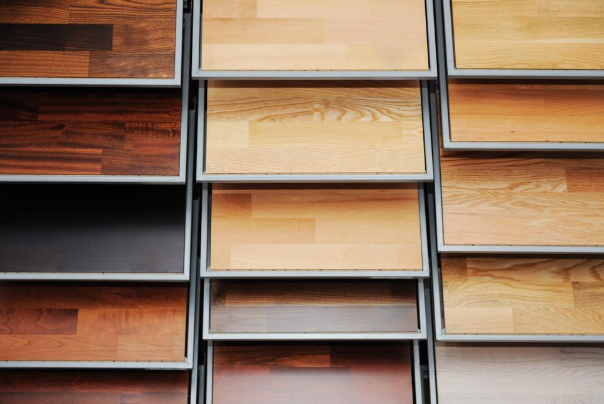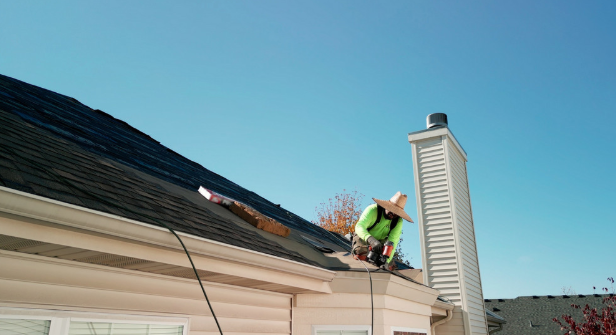The Lifespan of Different Roofing Materials
Understanding the longevity of your home’s roofing material is essential when planning for repairs or replacement. According to Architectural Digest, asphalt roofs typically last between 20 and 30 years, providing a reliable and cost-effective option for many homeowners. This lifespan can vary greatly depending on factors such as climate, roofing quality, and proper maintenance. Other materials, such as metal or tile, often offer greater durability, sometimes lasting upwards of 50 years or more. Selecting the right material can significantly impact not only your home’s aesthetic appeal but also the frequency of roofing-related expenses.
Some homeowners choose materials like slate or clay tiles, as these can endure for over a century if properly maintained. However, these options are substantially more expensive upfront. The trade-off lies in the reduced frequency of repair and maintenance needs, which can offset initial costs over time. On the other hand, lighter materials like wood shingles or asphalt may require more frequent attention despite lower initial costs. Striking a balance between cost, longevity, and maintenance demands is crucial for any homeowner considering roofing materials.
Calculating Roofing Costs for Your Home
The cost of roofing can vary widely depending on material choice, home size, and labor costs within your region. According to IBISWorld, the roofing industry is vast, with over 79,356 businesses operating in the United States as of 2022, highlighting the variation in pricing and service quality homeowners might encounter. It’s advisable to gather several quotes from different contractors to ensure you’re receiving a fair price while also considering contractor reputation and expertise. Typically, materials like asphalt are more affordable compared to options like metal or tiles, but the total roofing cost encompasses more than just materials.
Labor costs can account for a significant portion of your roofing budget, often influenced by the complexity of the roofing project and local economic conditions. In addition, permits and inspections can add to expenses but serve as crucial investments ensuring safety and compliance with local building codes. While it might be tempting to opt for the cheapest quote, prioritizing value over cost is essential to avoid issues that could result in future roof failures. A well-executed roofing job not only enhances the home’s exterior appeal but also provides peace of mind regarding the weather resistance and structural integrity of the roofing system.
Maintenance expenses form another significant segment of the overall costs associated with a roofing system. Regular inspections and timely repair interventions can prevent minor issues from developing into major problems, which can save substantial amounts on potential roof replacement costs. According to Fixr in 2023, homeowners could expect to pay anywhere from $307 to $571 for routine roof inspection. Setting aside a budget for these periodic checks ensures that the roof remains in good condition throughout its expected lifespan, thereby safeguarding the overall health of your home.
Maintaining Your Home’s Roof: Key Practices
Consistent maintenance is the cornerstone of maximizing your home roofing investments and extending your roof’s service life. Roof inspections, both internal and external, are vital as they help to identify issues such as leaks, damaged shingles, and other vulnerabilities. Homeowners are encouraged to conduct visual inspections from the ground regularly and engage professionals for comprehensive examinations. These check-ups are instrumental in ensuring that minor repairs are managed promptly, thus preventing extensive damage. According to Fixr, homeowners should budget accordingly for these inspections to ensure their roof’s longevity and performance.
Among the foremost maintenance practices is ensuring clean and clear gutters. Clogged gutters can lead to water overflow, causing moisture infiltration which can ultimately damage both the roof structure and the underlying home foundation. During seasonal changes, debris such as leaves and branches should be promptly removed to maintain proper drainage functionality. Additionally, trimming overhanging branches can prevent debris accumulation and minimize the risk of damage during storms. Cultivating a proactive approach in maintaining both the roof and surrounding areas can significantly reduce the likelihood of costly repairs and extend the lifespan of your home’s roofing system.








